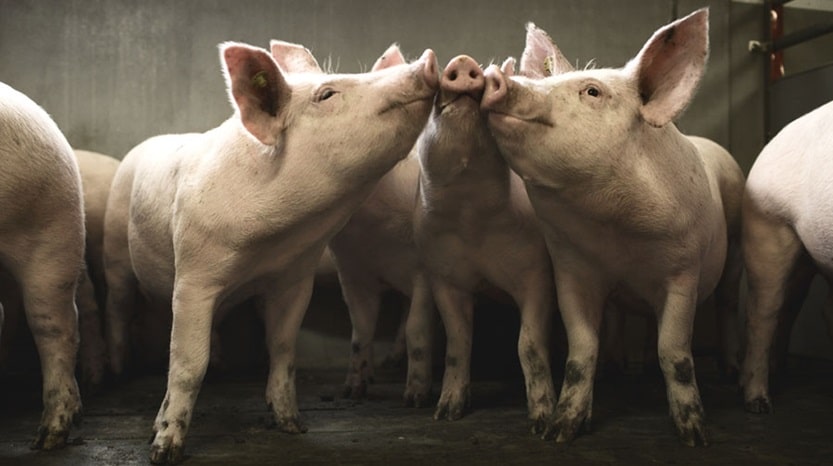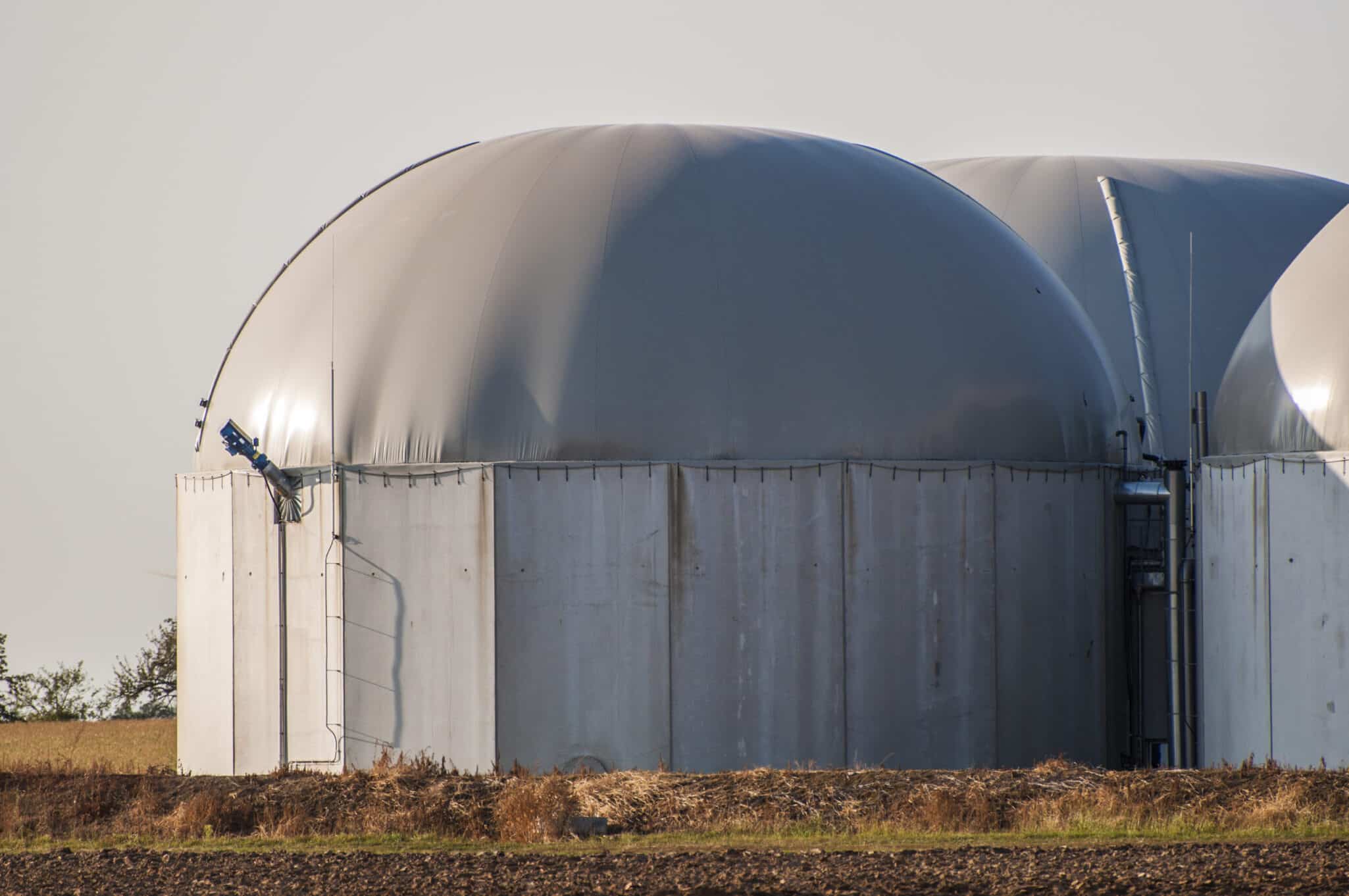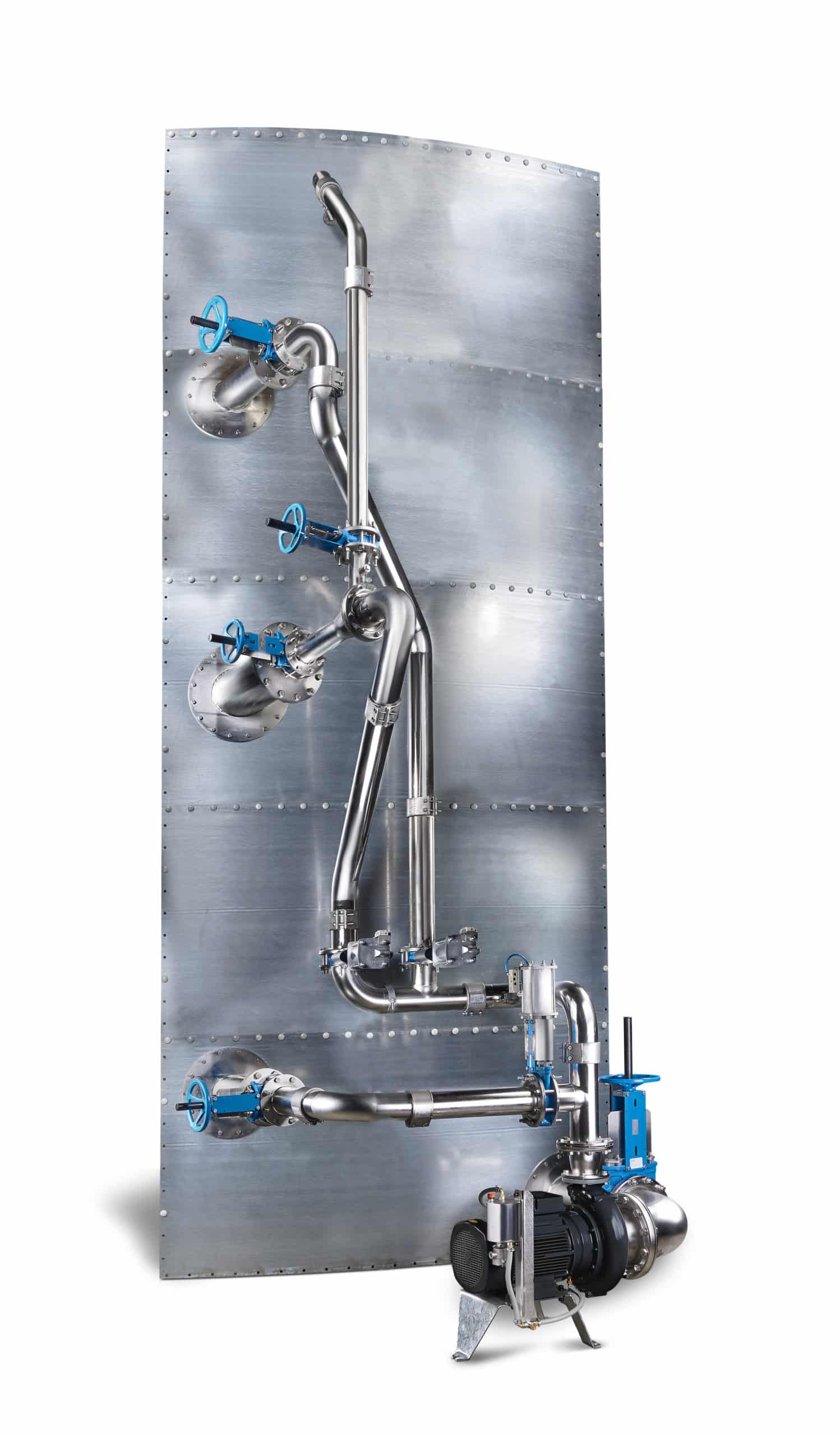AD plants can treat a wide range of organic material including agricultural wastes such as farmyard manures and slurries. Both slurries and manures are a good source of effective microbial fauna which can help boost biogas production for the plant. They are also an excellent feedstock, producing high-quality digestate suitable for land spreading.


Farm yard manures
The composition of manures and slurries differ slightly. Animal manures are more solid and may contain plant material such as straw, sand and wood chip which is used as bedding for housed livestock. The type of bedding and the frequency of muck-outs will affect the energy content and dry matter of the feedstock, and these factors need to be kept in mind during the AD process. Feeding changes can also affect the energy value of the manure produced by the livestock. Straw-based manures in particular are prone to bridging in the feeder or matting on augers, so a system of pre-chopping or pressure-treating the straw may be required to maintain a good feed process and make the energy available to the microbes. It’s important to remember that manures in storage will begin to decompose after some time and up to two-thirds of the biogas potential may be lost prior to digestion.
Agricultural slurries
Slurry is a liquid form of manure that generally comes from slatted animal housing or slurry tanks / lagoons and has a dry matter content of 4% to 8% with a typically low biogas yield.
There are different transportation pathways for slurries from their source to the AD plant. One method is from permanently housed livestock that are kept on slatted floors, where the slurry is then collected and then transferred fresh to the AD plant. Care has to be taken if livestock are bedded on sand as this can cause sedimentation within the tanks. Many animals are brought in during the winter or rearing season and slurry provision from such sites may be seasonal. Where slurry is being provided via a slurry store or lagoon this can be extremely variable across the year in terms of dry matter content.

